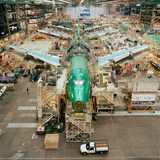Expo no.54 / Everett
Expo 54: Boeing
Under the roof of the world's largest building by volume, the longest plane in the world has just rolled off the assembly line. Monocle travelled to Washington to check on its progress.
Facts and figures alone can make even the most interesting subjects dull. The largest numbers, the most astonishing statements fail to convey the sense of wonder, excitement or breathlessness that the right words or the most jaw-dropping photograph can express. The facts and figures shared by Boeing employees as they describe the new 747-8 – presented in interviews, sprinkled into casual conversations, mentioned in passing while making coffee – are both mind-blowing and meaningless. It is the way they are spoken, though: the way the speaker stops mid-sentence to gape at a crane delicately lifting part of a wing, the way their eyes shine as they recount a statistic that is literally about nuts and bolts – that says far more. So let us start with some facts and figures as they will at least give us some bearings. The Boeing 747-8, the first of which will be flown by German carrier Lufthansa in June, is the world’s longest passenger jet (longest not largest – that’s the Airbus a380, more of that later). Depending on who you ask at Boeing, the 747-8 is made up of between five and six million separate parts. The tail alone is six storeys high. The wingspan is as wide as two 737s laid end-to-end.
The plane is being constructed in the world’s largest building by volume, the main Boeing plant in Everett, Washington. So large is the space that Boeing supplies 1,300 bicycles for employees to ride from one part of the factory to another. The new 747 is also more than a year late. More of that later, too. There is the improbable vastness and then there is the impossibly minuscule. The tiny rivets, drilled in by hand, one by one. The degrees of millimetres measured on each contour of the wings.
The incongruous feather-light weight of the engine fans. The mighty and the minute go hand in hand. The $10m (€7.5m) ge engine is lifted and lowered and gently caressed into position underneath the wing, sliding and gliding elegantly over the array of wires and tubes and cables – more elegantly than a 200 tonne piece of machinery has any right to slide or glide – before perfectly locking into place with a satisfying click. And all under the watchful eye of a large, shaven-headed and goateed, shorts-wearing loud-mouthed crane operator who elegantly strokes and flicks the controls 90m-high in the sky – more elegantly than a 200lb gentleman has any right to stroke or flick.
Spend enough time in Everett and the scale becomes bewildering. Things start to look small. You get used to your surroundings. Then something jolts you back to reality. You climb three flights of stairs to get from the bottom of the nose cone to the top. You suddenly see a wing laid out from up above and realise just how long it really is. You turn a corner, past a bicycle stand and a row of golf buggies, and the wing-tip of a 767 – neck-craningly high – looms into view.
The new 747 started on the back of a napkin. It was drawn by Nico Buchholz, an executive vice-president at Lufthansa. The airline felt there was a need for a fresh jumbo, something not quite as large as the a380 but newer than the current 747-400. “It didn’t take long for us to realise this was worth doing,” says Elizabeth Lund, president of the 747 programme, sat in a glass-walled meeting room that overlooks the final assembly point for a 747-8 freighter, its 76m body stretching out into the distance.
Most 747-400s will be due for retirement within the next decade, presenting Boeing with both an opportunity and a threat. Lund understandably hopes that most airlines will see the new 747 as the perfect replacement – but the spectre of Airbus looms large. Everyone involved in the 747-8, from Lund down, has watched the a380’s progress carefully. New markets, though, are key. And for Boeing – as for everyone – that means China. Air China has already placed an order and Lund hopes that other Chinese airlines will be watching closely. Little is left to chance in Boeing’s attempts to appeal to Beijing. Eight is a lucky number in China. So this is the 747 dash eight – not 800.
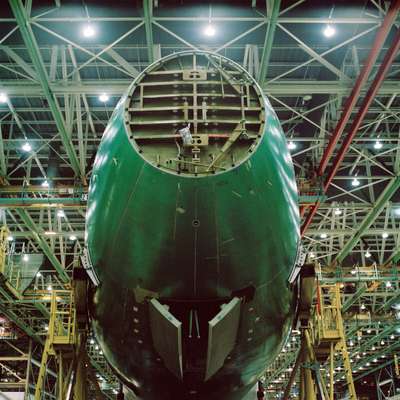
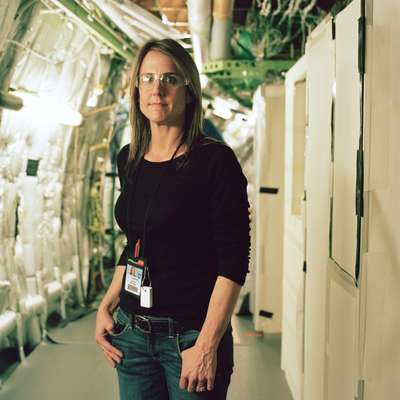
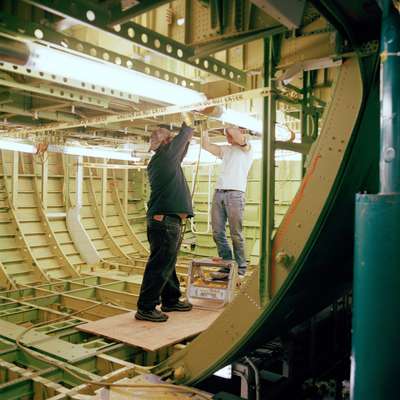
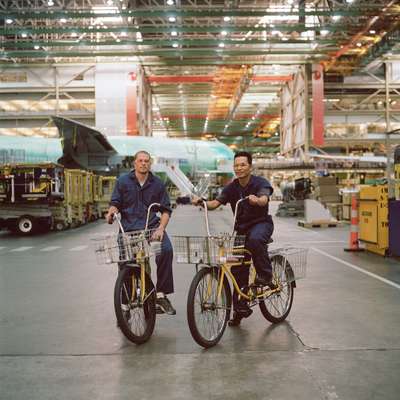
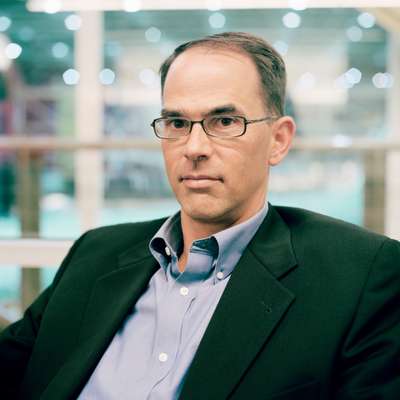
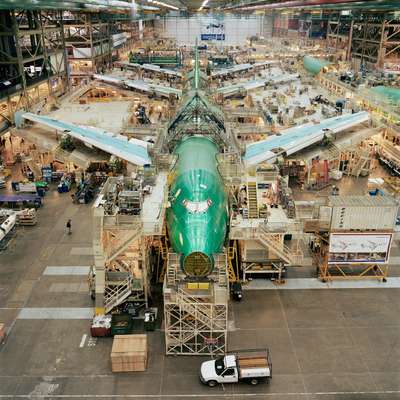

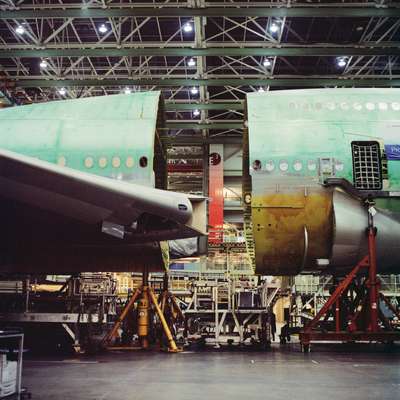


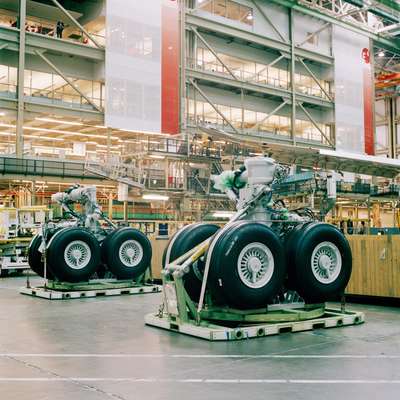
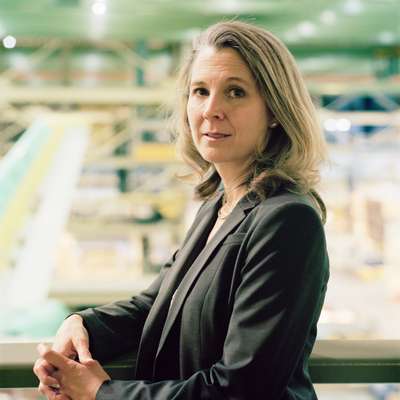

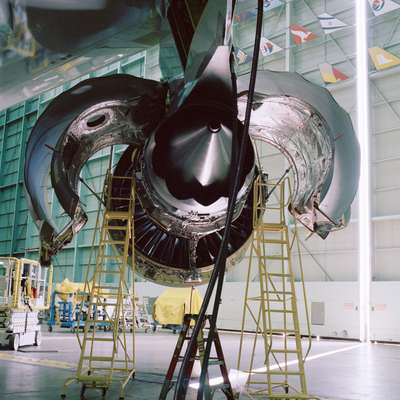
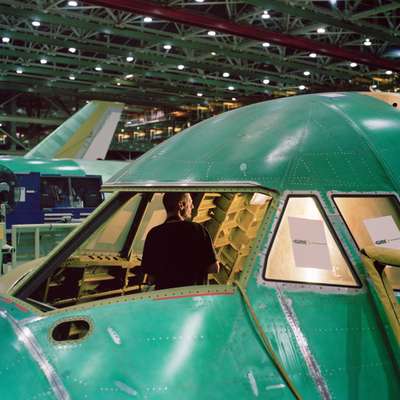
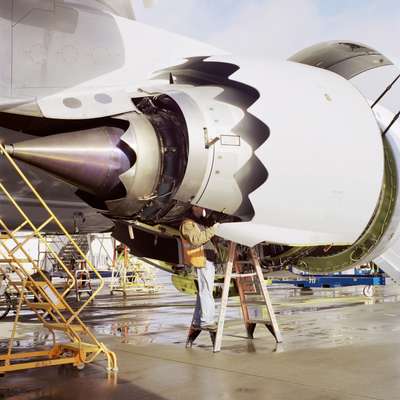


The vip market has also proved important. A quarter of the confirmed orders so far have come from private customers. (The sort of customers who walk into the upper deck and say “so this is where we could put the bedroom”. Or the sort of customer who puts a glass ceiling above the cargo hold so that he can look down on his vintage cars as he flies.)
First, though, Boeing needs to get the first batch out of the colossal door. Lund, a two-decade Boeing employee who has risen from payloads engineer to vice president of the 747 programme, is candid about the mistakes her team have made. The schedule began to slip before they even started. The engineering team working on the 787 Dreamliner were due to move over to the new 747 as soon as the 787 was finished. As the 787 fell further behind schedule, so too did the 747. Eventually a decision was taken to start with an entirely new team of engineers – not only had several months been lost, so too was the experience that the 787 team would have brought.
Some delays were self-inflicted. “We didn’t do enough wind tunnel tests,” Lund admits bluntly. “We thought we knew the plane. We didn’t.” Others were the sort of problems one would expect when developing an entirely new plane. Bruce Dickinson, the 747’s chief engineer, breezily describes a “vibration issue” in the wing. No one knew what was causing it. “It’s one of those typically hard to solve problems but we created a suppression system which dampened that out,” he says as if it were a minor issue that was relatively easy to fix. It really wasn’t.
It took a team of 20 of Boeing’s best engineers almost a year to create a new mechanism called a “limit cycle oscillation”. The lead engineer on the project, a softly spoken Irishman called Pio Fitzgerald, is equally matter-of-fact about the process. Fitzgerald is the sort of person whose love of planes ensures that Boeing should never be without enough great engineers. (One of the less remarked-upon consequences of the explosion in salaries in the world of finance has been the number of people with engineering or mathematical backgrounds who have chosen to forego making things for making money.)
The story of how Fitzgerald got from Limerick to Everett is worth repeating. At the age of five he took a plane for the first time when his family flew from Shannon to New York. The plane, of course, was a 747. “It was so huge,” the engineer says, with the same wide-eyed enthusiasm one imagines he had back then. A flight attendant offered to take him up to the flight deck – this was pre-9/11, of course. “The door opened and this light shone out. From that moment I knew I wanted to work on planes.” Then he adds, eyes ablaze: “And now I get to work on the 747”. For Fitzgerald the promise of a 10-fold salary increase to push numbers around on a screen for a hedge fund would be turned down in seconds. “When I was five I fell in love with planes; I didn’t fall in love with Wall Street.”
In the final days before Boeing delivers the first plane to Lufthansa, the problems are far more minor. Out on the flight line, the tarmac apron beside the factory, more than a dozen new 747s, 777s and 787s are lined up, each with their own team of painters, mechanics and engineers making the last few adjustments. The first 747-8, its white Lufthansa livery shining in the weak morning sun, is due to be handed over “soon”, says one of the mechanics with a laugh. “Soon”, it seems, is the closest Boeing gets to a company motto – it’s a word used by pretty much everyone monocle asks about the 747’s delivery date.
For passengers there is something reassuring about the delays. A heavy metal object that soars into the skies is not the sort of thing one wants to be rushed. Airlines tend to be less sanguine. Lufthansa was “disappointed”, Lund admits. She pauses, tilting her head. “They were deeply disappointed.” Disappointed enough to consider giving up and ordering 20 a380s instead? She pauses again. “They never said that.”
The care and thought put into the construction of the jet is increasingly put into the design of the interior too. Blake Emery, Boeing’s director of differentiation strategies – the guy in charge of the way you feel once you step onto a plane – wants you to remember the first time you flew. “Everyone always describes it in very positive terms.” He doesn’t want you to remember the last time you flew. “No one ever describes it in positive terms.” If they do, he says, it tends to be some variation on “I slept all the way”, “no-one was in the seat next to me”, or “I drank my way to oblivion”. The question for Emery is do they focus on ways to make passengers feel numb and get through it or, as he puts it, “trigger that magical experience inside everyone”? Simple things like rounding out the shape of the luggage compartments, putting a dimmer switch on the lights and changing the bulbs to a light blue can, he argues, make a huge difference. “We want what is above your head to seem to disappear. Space is not just a concept of inches, it’s a psychology.”
Emery is, by his own admission, not the most collegial of colleagues. Innovations he has passionately promoted have been ignored for years. Like those rounder luggage compartments. “We came up with it a number of years before. It didn’t get through,” he sighs. “I can’t assume why that was. I was a strong proponent.” He says that in a tone that makes one grateful not to be his line manager. “Lots of times in my career I haven’t been very popular.”
It’s possible he isn’t that popular with airlines either. Once a plane is handed over there is little he can do to persuade them to make use of the designs and innovations his team have been working on. One of his colleagues, T Hazari, becomes increasingly animated as he recounts a journey he made on a 737 where the cabin crew refused to use the lights in the new Sky Interior that create the impression of sunsets and sunrises above the seats.
“We’re beholden to the airlines to a certain extent,” says Emery with a rueful smile. It’s a sentiment shared by many at Boeing. Every last detail of the jet can be thought over, fought over, redesigned, re-engineered. But once it’s handed over to the airline, that is pretty much it. The jet’s success is in their hands.
It is a critical moment for the airline industry and Boeing in particular. While it continues to churn out 737s at a rate of one a day, much of the company’s future success relies on whether the new 747 can capture the imagination in the way that its predecessors did. Looking out over the assembly line, three 747s are lined up in a row, fuselages and wings being put together in the distance. Lund is confident. “We think it’s the best plane we’ve ever made.”

